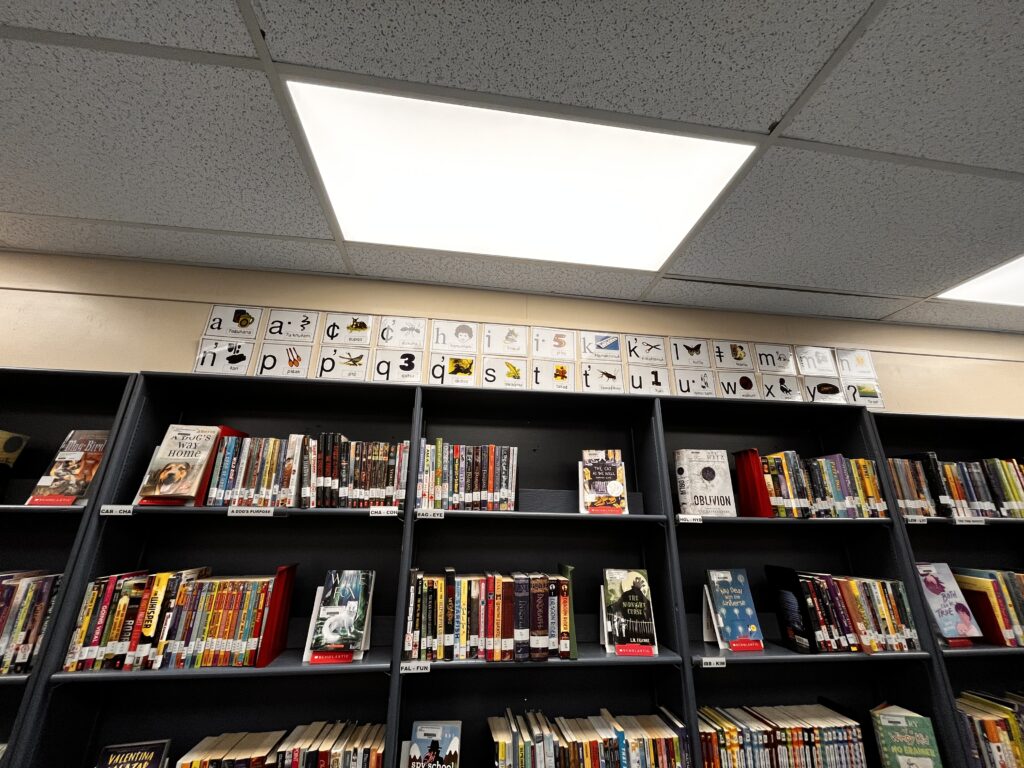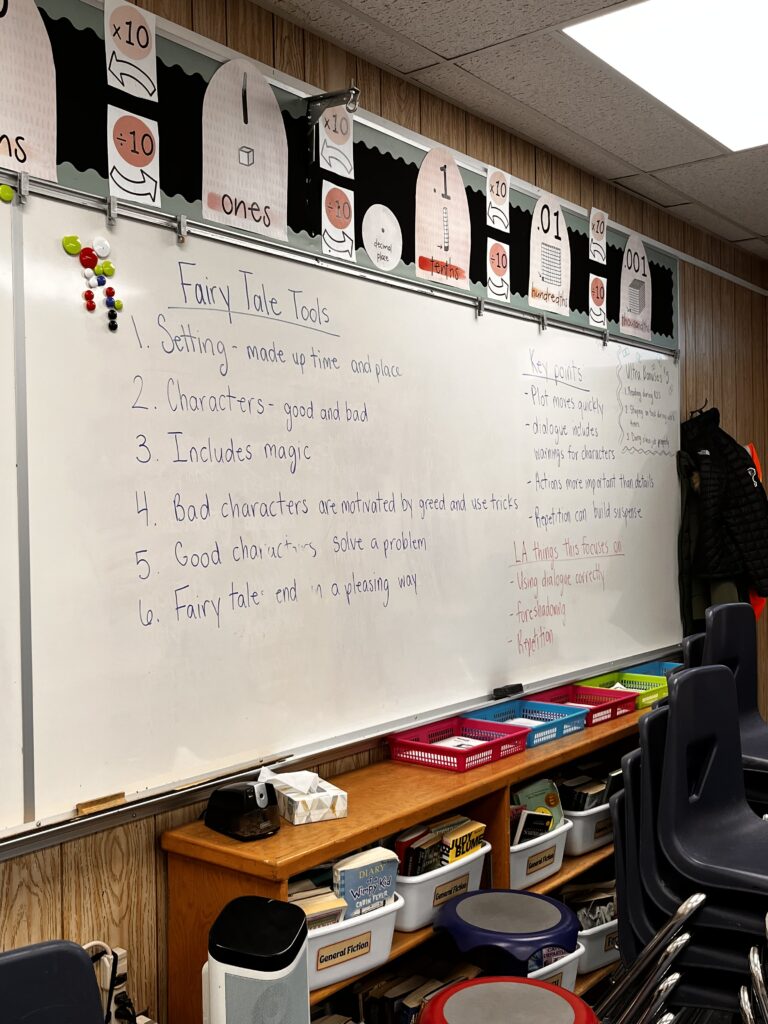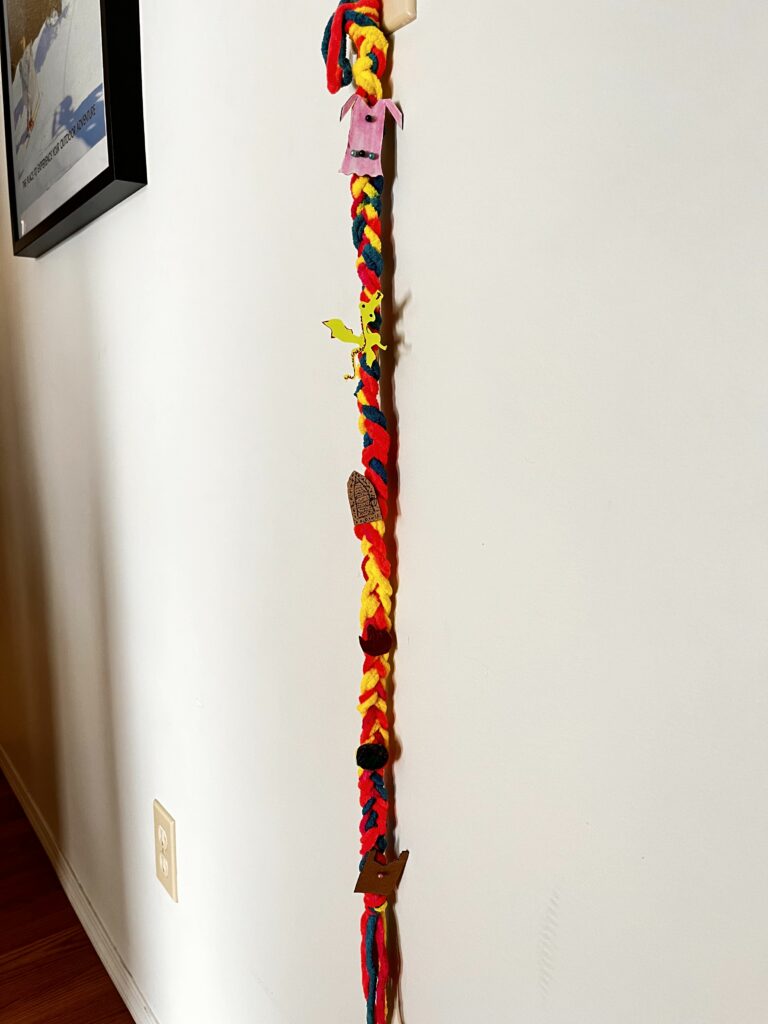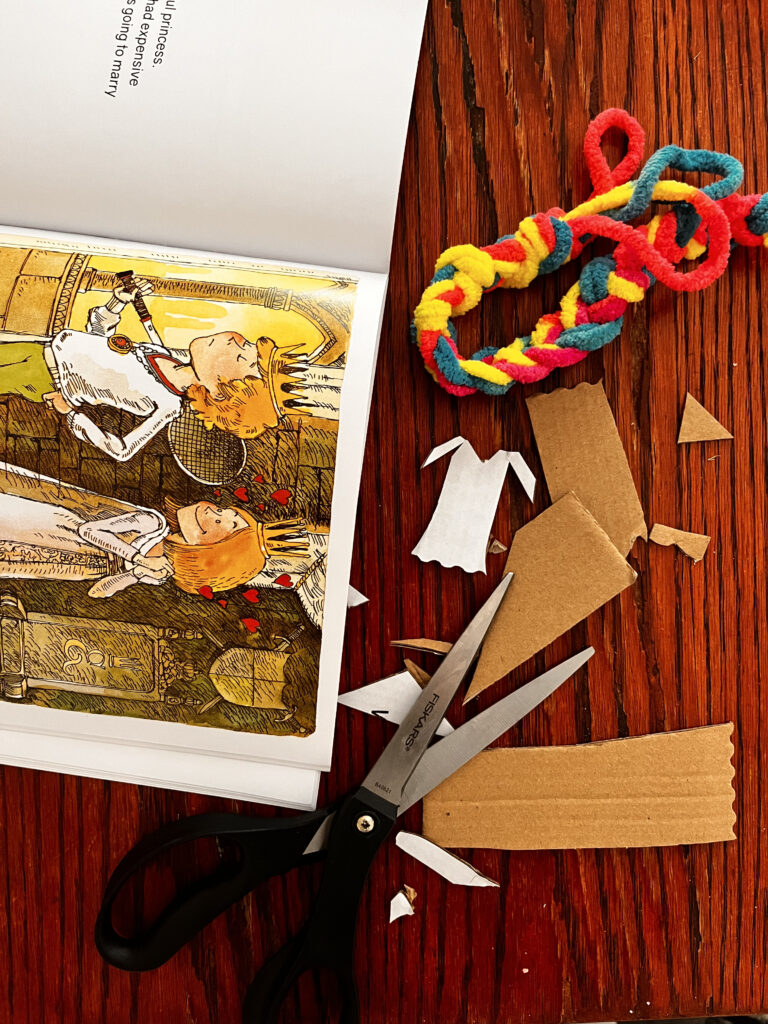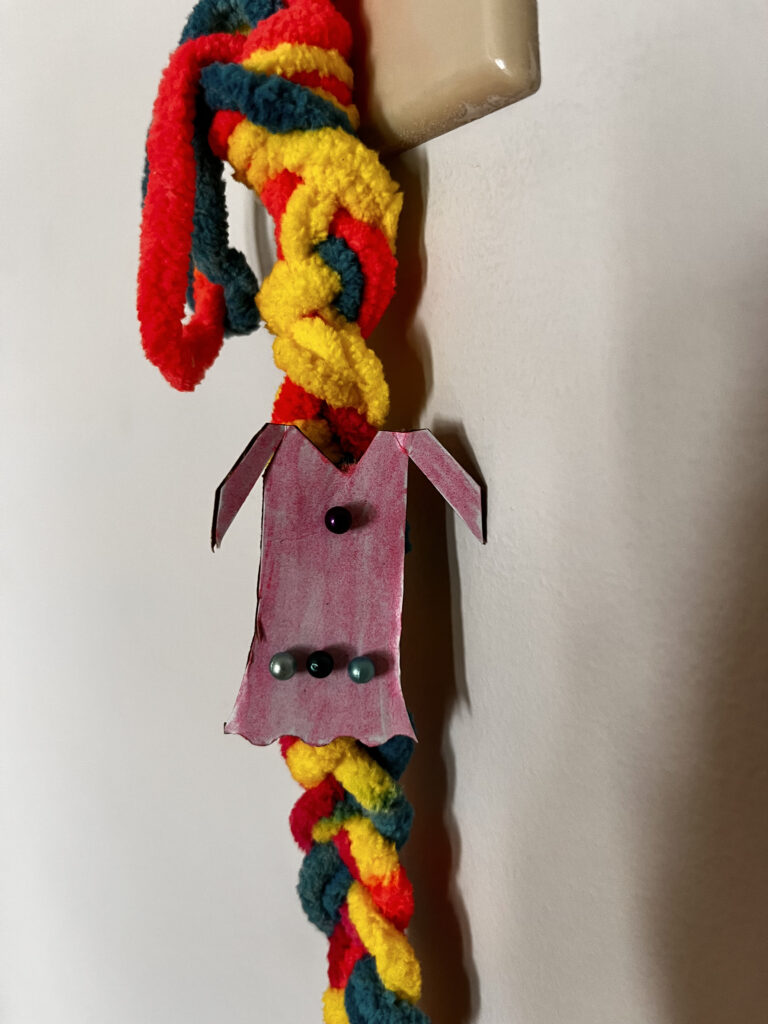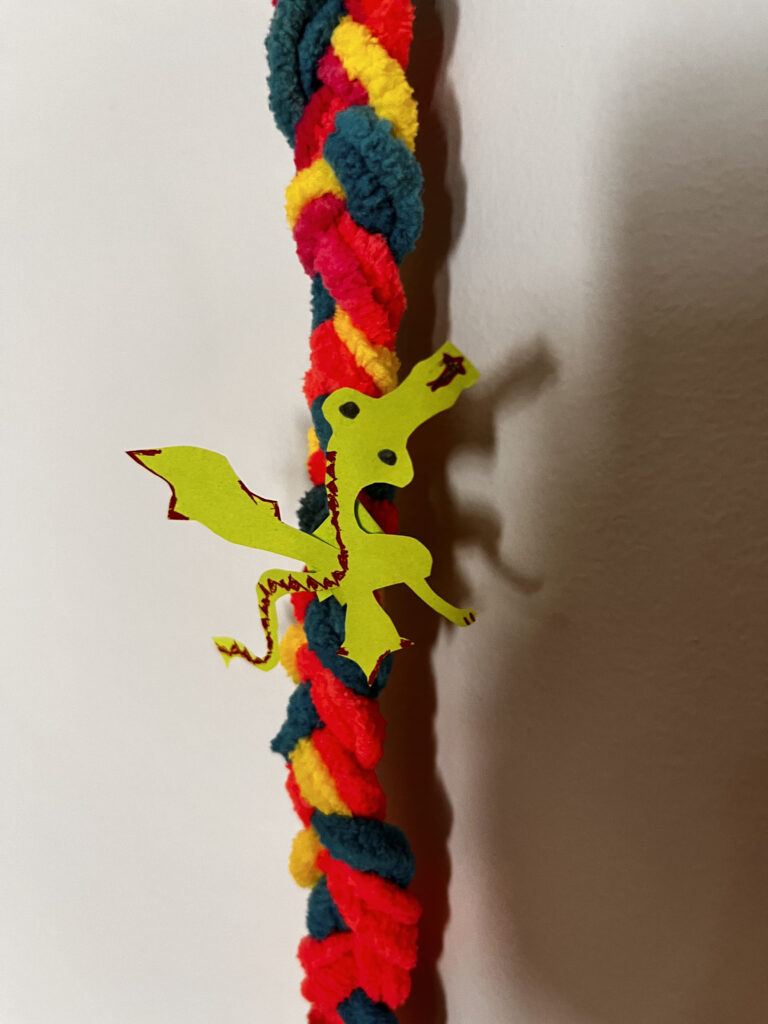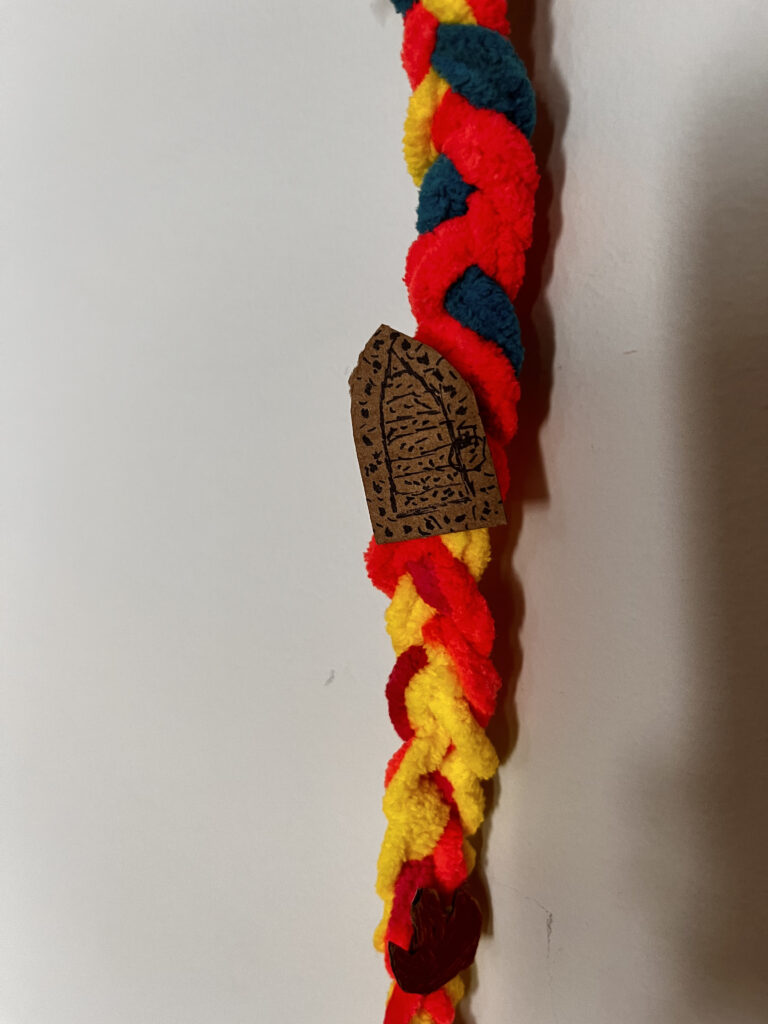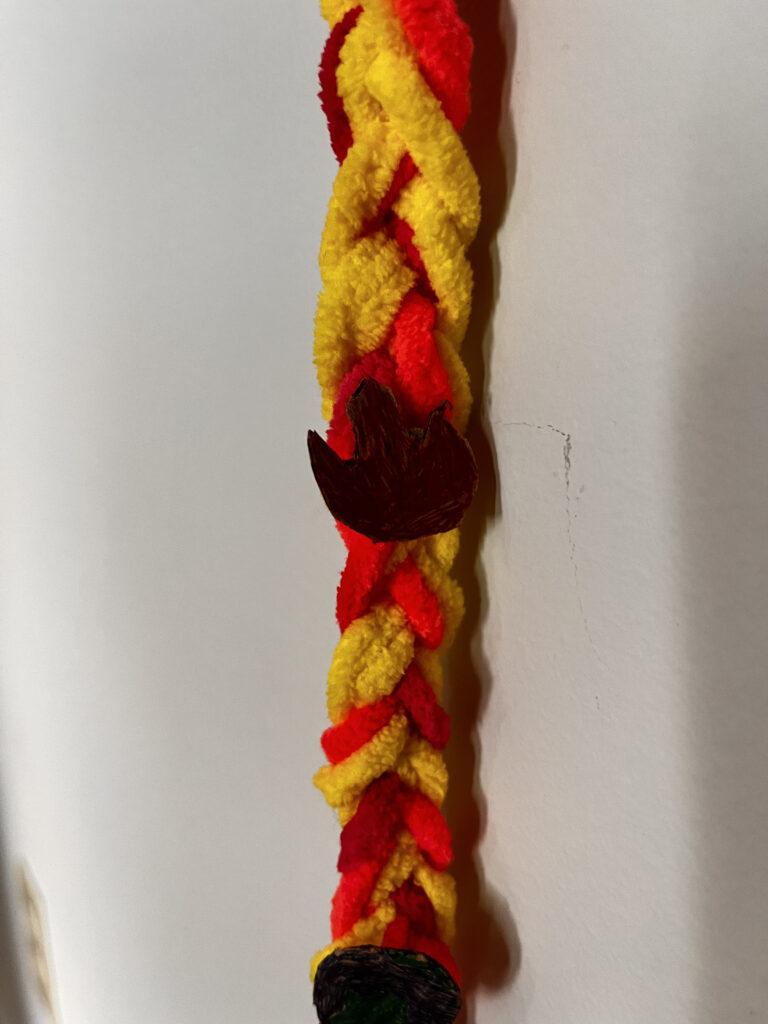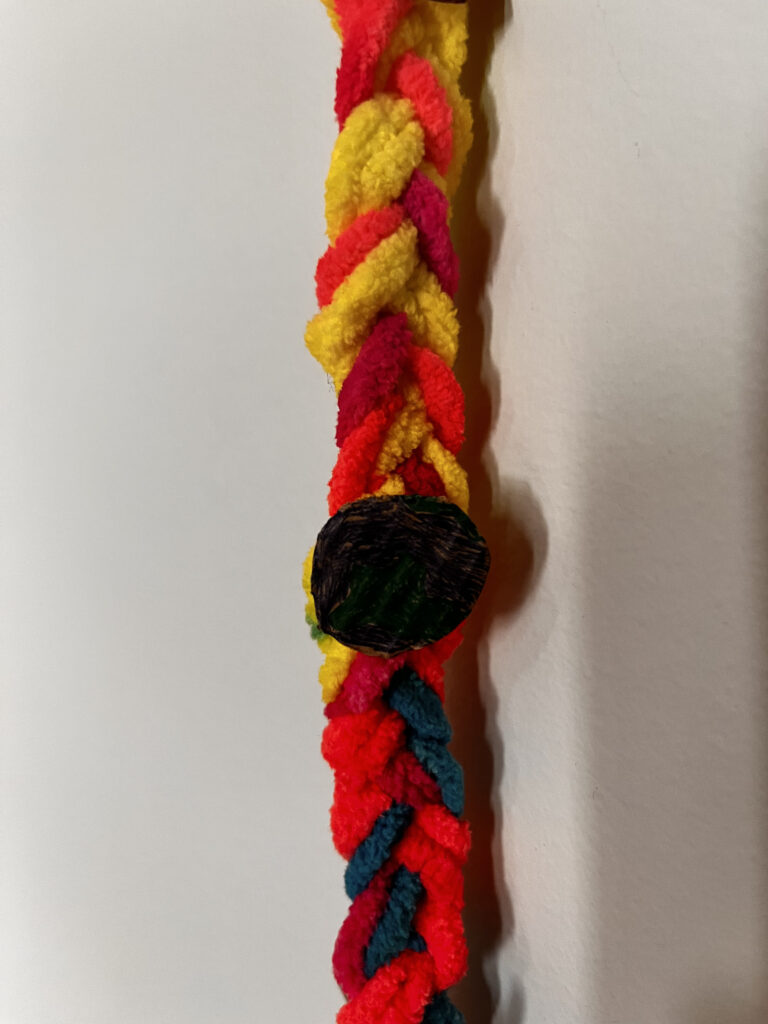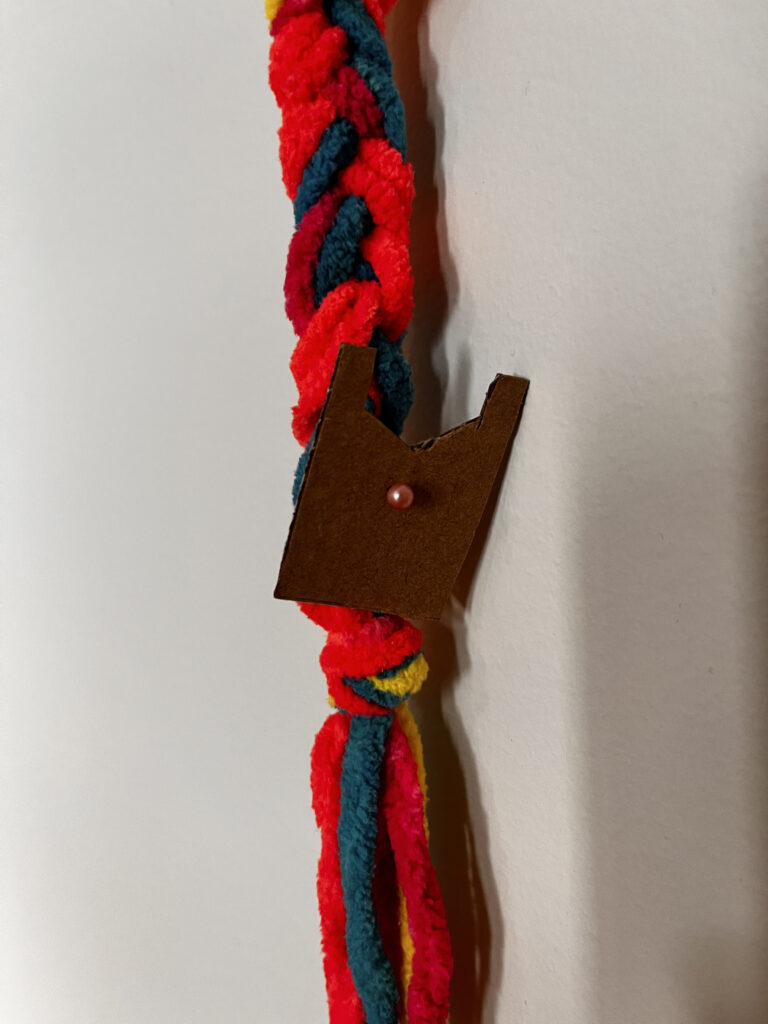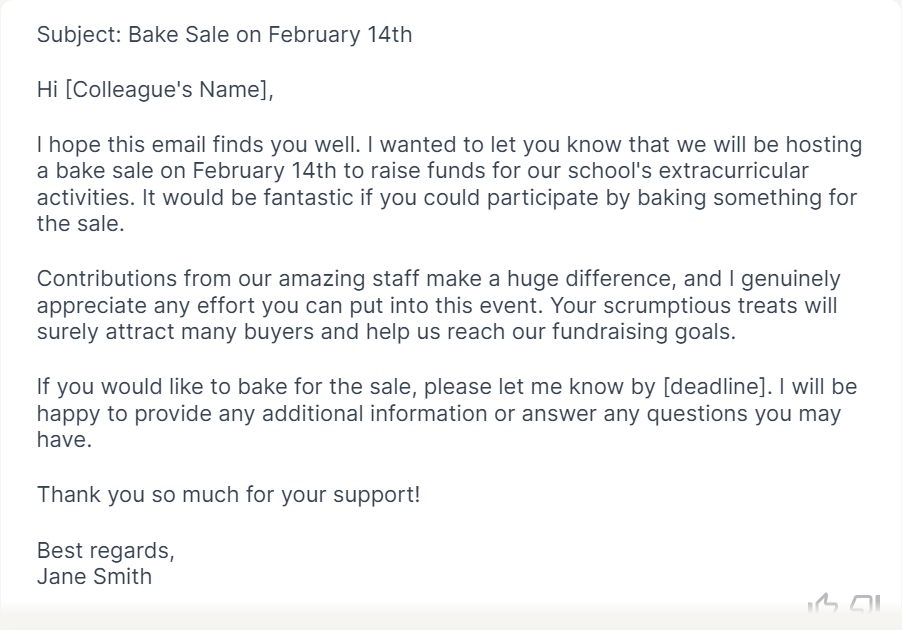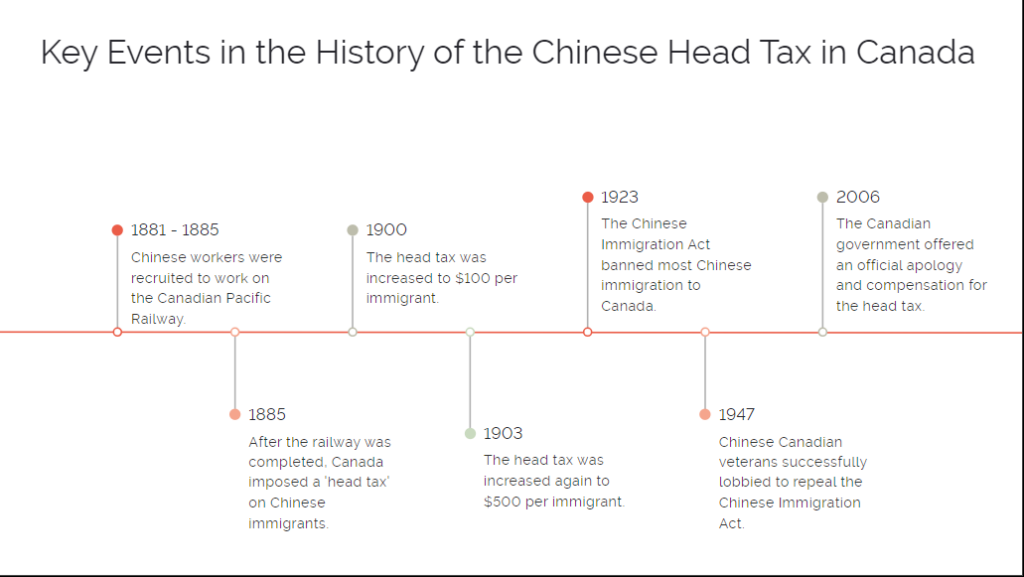Bingo Assessment
What is it? Bingo assessment is a play-off of the original bingo game but instead changed to fit curricular goals. There are two primary ways to play bingo and use it as an assessment. The first, classic bingo has students mark off on their sheet when they hear, see, etc. the required action, once they have a line they yell bingo, and the game can then be restarted or continued to 2 lines, and blackout. Teachers can use this type by using it as a tool for students to be actively listening, keyword searches, and matching games.
The second form of bingo teachers can use is much more effective in the classroom, students are to fill their sheet by using their classmates. Instead of the classic game students are to ask their friends for the information they need. to tick a space students have to find a friend whose “birthday is in January”, “Can tell you what a metaphor is”, or “Can tell you a character from _____”. By using this second form of bingo, students will be engaged and perform better than when using classic assessment strategies (tests, presentations, etc). This is because the students will be excited to play in the bingo game as well as being able to work with their classmates to find success. By Assessing students through gamification and co-operative learning the success of the students will be greatly improved.
Kaldarova, Bolganay, et al. “Applying Game-Based Learning to a Primary School Class in Computer Science Terminology Learning.” Frontiers in Education, vol. 8, 3 Feb. 2023, https://doi.org/10.3389/feduc.2023.1100275.
Herrmann, Kim J. “The Impact of Cooperative Learning on Student Engagement: Results from an Intervention.” Active Learning in Higher Education, vol. 14, no. 3, 12 Sept. 2013, pp. 175–187, https://doi.org/10.1177/1469787413498035.
How will I use it? In my classroom, I plan to use bingo and other gamification and cooperative assessment tools when appropriate. By ensuring the use of these ideas the students will be excited and engaged, but if I use gamification all the time I risk losing this engagement and insufficient data to report on students learning. While most students will benefit from this tool there are always students who could express their learning in a better way by using a different strategy and it is important to give this to them. That is why I will limit my use of this tool to find where students are in their learning and then plan my future lessons using this information. This keeps the games, games, and not the ultimate decider on how a student performs.
Student Reporting Policy
Proficiency scale: The Proficiency scale in British Columbia is divided into four sections: Emerging, developing, Proficient, and Extending. Emerging means the student has shown improvement compared to the curriculum but does not so consistently. Developing is when the student has a strong base of understanding of the curricular outcome but is still building upon a few key points. Proficient students fully understand the curricular outcome and can express that knowledge. Extending is when the student shows a higher understanding of the curricular outcome showing a deeper understanding of the complexity of the topic.
Frequency of reporting: Students are to receive 5 written reports from the teacher throughout the year. There are 4 learning updates throughout the year, two being informal and two being formal. Informal reporting is the chance to share with students what might come up on their report card and what to work on to improve their report kid, this is to remove suprises from the students. These informal reports don’t include a grade and are informative feedback. The two formal reports are report cards, which include grades and informative feedback from the teachers, including what the student learned, where they excelled, where they can make improvements, and how others can support them. The 5th report is a summary of learning which is provided at the end of the year.
Example of an Extending report card comment for English Language Arts:
In this term our big idea was how language and text can be a source of creativity and joy, focusing on forms, functions, and genres of texts as well as different reading, writing, metacognition, and oral language strategies. During this term, Remi showed many of his strengths. Remi,
- Creatively, personally, and meaningfully responds to text.
- Continues to use different types of thinking skills to understand the text you are reading.
- Moving forward continue work on your spelling, grammar, punctuation, and sentence structure, take the time to reflect on your writing, look for where you can make improvements, and of course continue reading.
- I will support you by creating more peer feedback opportunities in our classroom so we can all learn from each other; I still encourage you to ask questions and look into sentence and writing structures that you are unfamiliar with.
